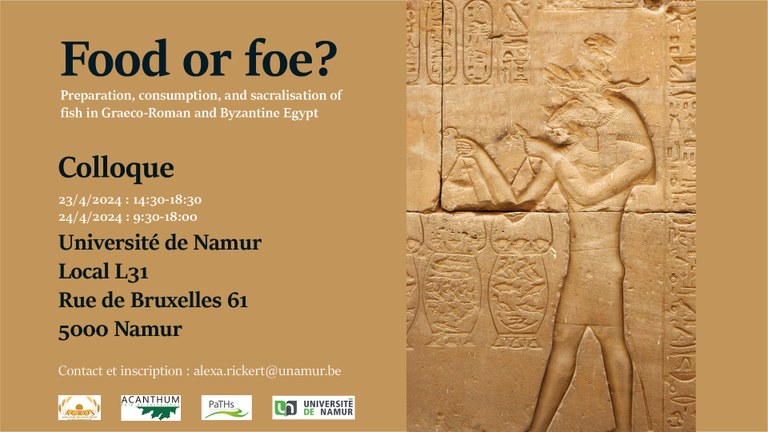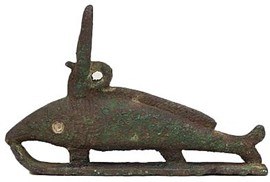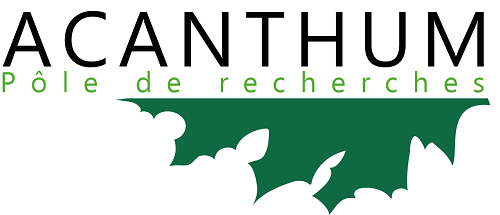Food or foe? Preparation, consumption, and sacralisation of fish in Graeco-Roman and Byzantine Egypt
23‒24/04/2024

University of Namur
Egyptological research in the project AGROS

The interdisciplinary project AGROS (Agriculture, diet and nutrition in Greco-Roman Egypt. Reassessing ancient sustenance, food processing and [mal]nutrition) focuses on diets in Egypt during the Graeco-Roman period by establishing nutritional parameters based on the collection of archaeological remains of plants and animals preserved at the Kelsey Museum of Archaeology (USA). The results of research obtained using archaeobotanical, archaeozoological, nutritional biochemical and microbiological methods are supplemented by information drawn from papyrological evidence and hieroglyphic sources. The project brings together researchers from the Vrije Universiteit Brussels, the Katholieke Universiteit Leuven, the University of Liège, the Kelsey Museum of Archaeology, the University of Michigan and the University of Namur. The latter is home to the Egyptological part of the project, conducted as a postdoctoral research by Arnaud Delhove and Alexa Rickert under the direction of René Preys. One of the questions to be addressed is to what extent the food offering to the gods in the temple is related to the diet of the priests, since scholarship traditionally assumes the distribution of the offerings to the clergy after the ritual. The investigation on what kinds of food were present in the temple and how they were prepared raises also the question why certain dishes, including fish, are largely absent from the offering scenes and descriptions. Discussions on the avoidance of fish in the temple gave rise to the idea of organising this workshop.
DOWNLOAD booklet with abstracts
Programme of the workshop
23/04/2024
14.15–14.45 Arrival of the participants, coffee 14.45–15.00 Welcome, introduction to the workshop
Part one: Fish in profane contexts
Session one, chair: Gert Baetens
15.00–15.30 Daan Smets, Lisa Vanoppré (KU Leuven): Salty Business – Consuming and processing fish in Ptolemaic Egypt
15.30–16.00 Sandra Gubler (University of Basel), Johanna Sigl (Commission for Archaeology of non-Euro- pean Cultures KAAK): Ancient Aswan’s fisheries
16.00–16.30 Coffee break
Session two, chair: Daan Smets
16.30–17.00 Nicolas Morand (National Museum of Natural history, AASPE – MNHN): Fish consumption in Alexandria and its hinterland during the Graeco- Roman and Byzantine periods: first archaeo- zoological insights and perspectives
17.00–17.30 Mauro Rizzetto (Ca’ Foscari University of Venice): Fish exploitation at Ptolemaic and Roman Al-Qārah al-Ḥamrā, Egypt
17.30-18.00 Korshi Dosoo (University of Würzburg): Fish in Graeco-Egyptian and Christian Magic
18.00–18.30 Katelijn Vandorpe (KU Leuven): Response and discussion part one
19.00 Speakers’ dinner (L’Huile sur le Feu, Rue de Marchovelette 19)
24/04/2024
Part two: Fish in religious contexts
Session one, chair: Alexa Rickert
09.30–09.40 Welcome address by Carine Michiels (University of Namur, vice-rector in charge of research and libraries)
09.40–10.10 Arnaud Delhove (University of Namur/ULB): Thou shalt not eat fish, for it is an abomination! On the bw.t on fish consumption in Graeco- Roman Egypt
10.10–10.40 Wim Van Neer (Royal Belgian Institute of Natural Sciences): A Late Period votive deposit of fish at Oxyrhynchus (Al Bahnasa, Egypt)
10.40–11.10 Daniel von Recklinghausen (University of Tübingen): Why was Esna called “The City of the Nile perches” (Lato(n)polis) in Greek?
11.10–11.40 Françoise Labrique (University of Cologne/ ULB): Kom Ombo : graphies et théologie
12.00–13.30 Lunch (Brasserie François, Place Saint-Aubain 3)
14.00–15.30 Informal part of the event: guided tour of Namur
Session two, chair: Arnaud Delhove
16.00–16.30 Alexa Rickert (University of Namur): The catcher in the dark: fish in the economic processions of the Graeco-Roman temples of Egypt
16.30–17.00 Christian Cannuyer (Lille Catholic University/ S.R.B.É.O.): The fish as a symbol of Christ: its possible Egyptian origin and its treatment in Coptic iconography
17.00–18.00 René Preys (University of Namur): Response and discussion part two, general discussion, closing of the event



